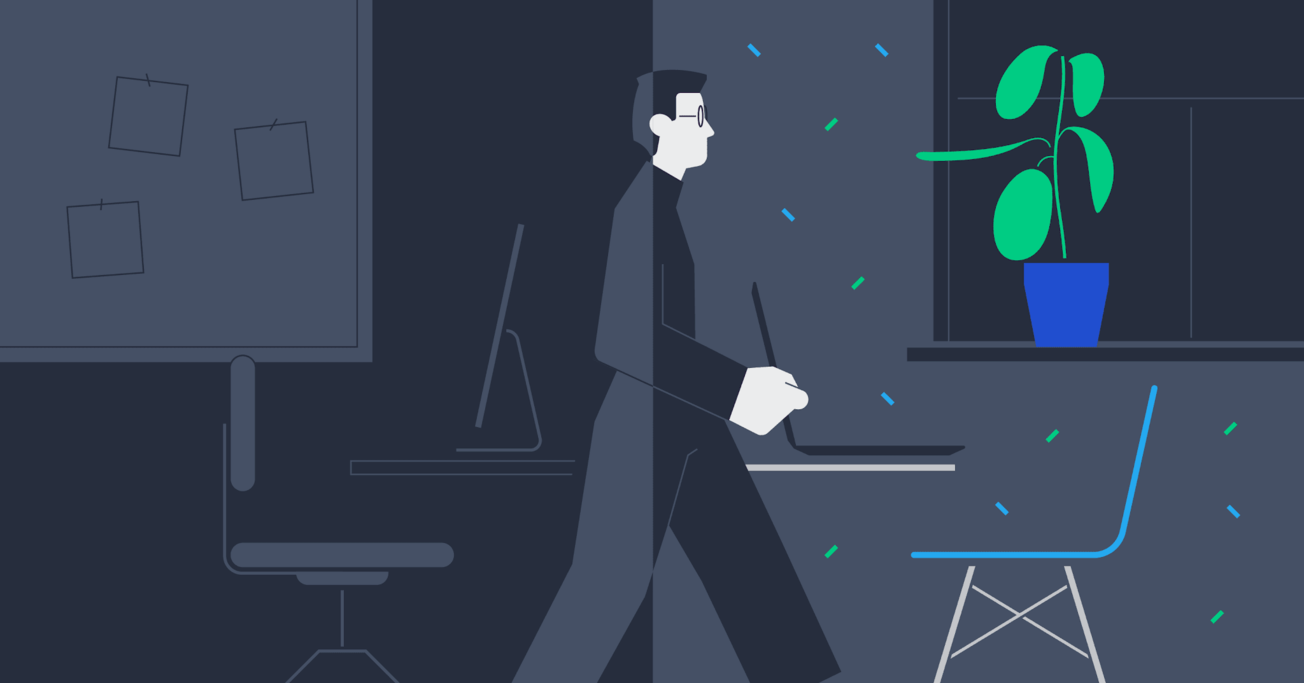How to Make the Remote Work Transition With Ease
A sudden transition to remote work can be challenging. Adopting an iterative approach, maintaining strong communities, and setting up a home office that’s built for productivity are keys to success.
A sudden transition to remote work can be challenging. Adopting an iterative approach, maintaining strong communities, and setting up a home office that’s built for productivity are keys to success.

Cameron Chapman
Cameron comes from a design background and is the author of two web design books: Color for Web Design and The Smashing Idea Book.
Expertise
While 83% of workers say remote work would make them happier with their jobs, not many people anticipated that the shift would happen as suddenly as it did.
With companies around the world quickly transitioning their workforce to working from home, some employees will find it a challenge to make the switch. While designers may have dreamed of working in their pajamas from their couch all day, the realities of being a productive remote worker will quickly show that this method is not optimal.

Figure Out the Optimal Working Style
When working from home, it can be difficult to get into the “groove” of the workday. Dedicated home office spaces aren’t always possible, especially when workers are suddenly transitioned to a remote position. Mistakes that affect both productivity and morale are often made.
Many newly remote workers often feel like they need to keep up their regular 9-to-5 routine. For many designers, that’s not necessarily the best way to work from home. It can be more effective to work during the hours when you’re at optimal productivity. For some, that may be first thing in the morning. For others, it could be late at night. And still other designers may find that working in bursts throughout the day works best.
Remote team collaboration can happen asynchronously. In an office environment, designers can spend at least some of their working hours waiting for others to complete or review work. But in a remote work environment, they don’t have to wait around or find “busy work” to look as if they’re being productive. Instead, they can focus on other areas of their lives while waiting for teammates to complete work, or clients to review design elements they’ve submitted.
Working asynchronously takes some adjustment. It’s important to stay available during “working hours” even when not actively working, in case a teammate has a question or needs help with a project. Thankfully, mobile app versions of tools like Slack make it easy to stay connected even when you aren’t sitting at your desk.
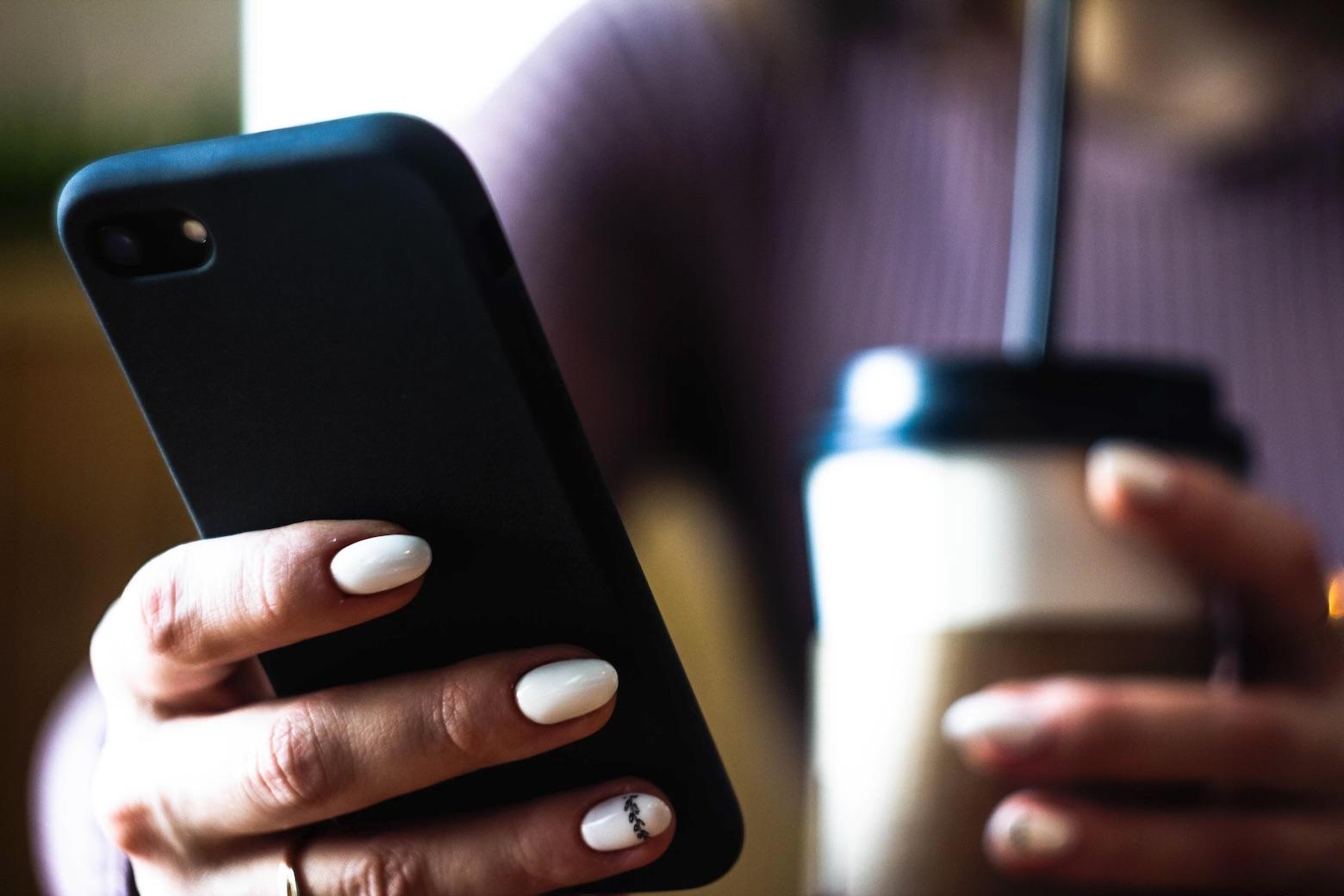
It’s important for anyone working from home to establish a healthy work-life balance. When work is happening in the same space as everything else in a designer’s life, it can be easy to stay connected all the time. It’s important to establish personal guidelines for logging off. For example, apps like Slack allow people to set their available and unavailable hours, muting notifications during that unavailable time. This is particularly important at distributed companies like Toptal, who have team members spanning multiple time zones.
Sitting at a desk all day is also detrimental to remote workers’ productivity and health. Establish a routine for things like meditation, exercise, yoga, taking a walk, or even just basic stretches. Calendar reminders to do these things can prevent them from slipping through the cracks. At the very least, it’s a good idea to get up and stretch every hour or so and work regular exercise or other self-care into the day.
Neglecting self-care and failing to log off from work on a routine basis can quickly lead to burnout for remote workers. For designers who love what they do, it can be all too easy to keep going on a project until they’re exhausted. Those eight-hour workdays can quickly stretch to 10 or 12 hours—or longer. While that may occasionally be necessary to meet a tight deadline or tackle a big project, it’s not a healthy habit to get into.
Optimize for Home Office Productivity
As tempting as it can seem for newly remote workers to work from their couch in their pajamas all day, it’s not the best way to become a successful remote designer. At the same time, recreating the exact environment you had in an office doesn’t necessarily translate into productivity, either.
Having a dedicated workspace is important. It’s a signal to the brain that it’s time for work when there. This is a huge motivational component for many remote workers.
Ideally, a separate room that can be closed off from the rest of the house both during and after the workday is the best option. If that is not an option, however, a desk tucked into the corner of a less used room can suffice.
It’s important to set up a desk that’s functional and includes everything necessary for the day’s work. An ergonomic chair is also a must-have for anyone who spends hours at their computer every day. Standing desks are also excellent for home workers. If a standing desk isn’t an option, a kitchen counter (depending on the height) is an excellent alternative.

Invest in Reliable Technology
Reliable technology is one of the most important aspects of any home office setup. Technology failures are one of the biggest blocks to productivity for remote workers, and since the IT department isn’t readily available to fix problems, it pays to invest in solid technology up front.
A good laptop is key for many remote workers. While most work can be done in a dedicated workspace, having the option to work from a different location—even if that location is just a patio on a nice day—can be key to maintaining productivity and morale.
Since most distributed companies conduct meetings via video conferencing, a good set of headphones is essential equipment for many remote designers. There are a lot of options out there, both over-ear and earbud style. The main thing to look for is a set with an inline microphone. Some remote workers prefer Bluetooth headphones, while others don’t want the hassle of remembering another device to charge and opt for wired headphones.
Sufficient data on a cell phone plan helps remote workers be less tied to their desks. When notifications can come through from anywhere, this makes it possible to step away from work without worrying about missing important information or communications. This is especially important when working with teammates in different time zones, who may have an important question after you’ve logged off for the day.
Reliable, high-speed internet is also a must, especially for video conferencing. Without a sufficient internet connection, video calls become choppy and difficult to manage. In many locations, reliable internet is readily available—not necessarily the case everywhere, even in some major cities.
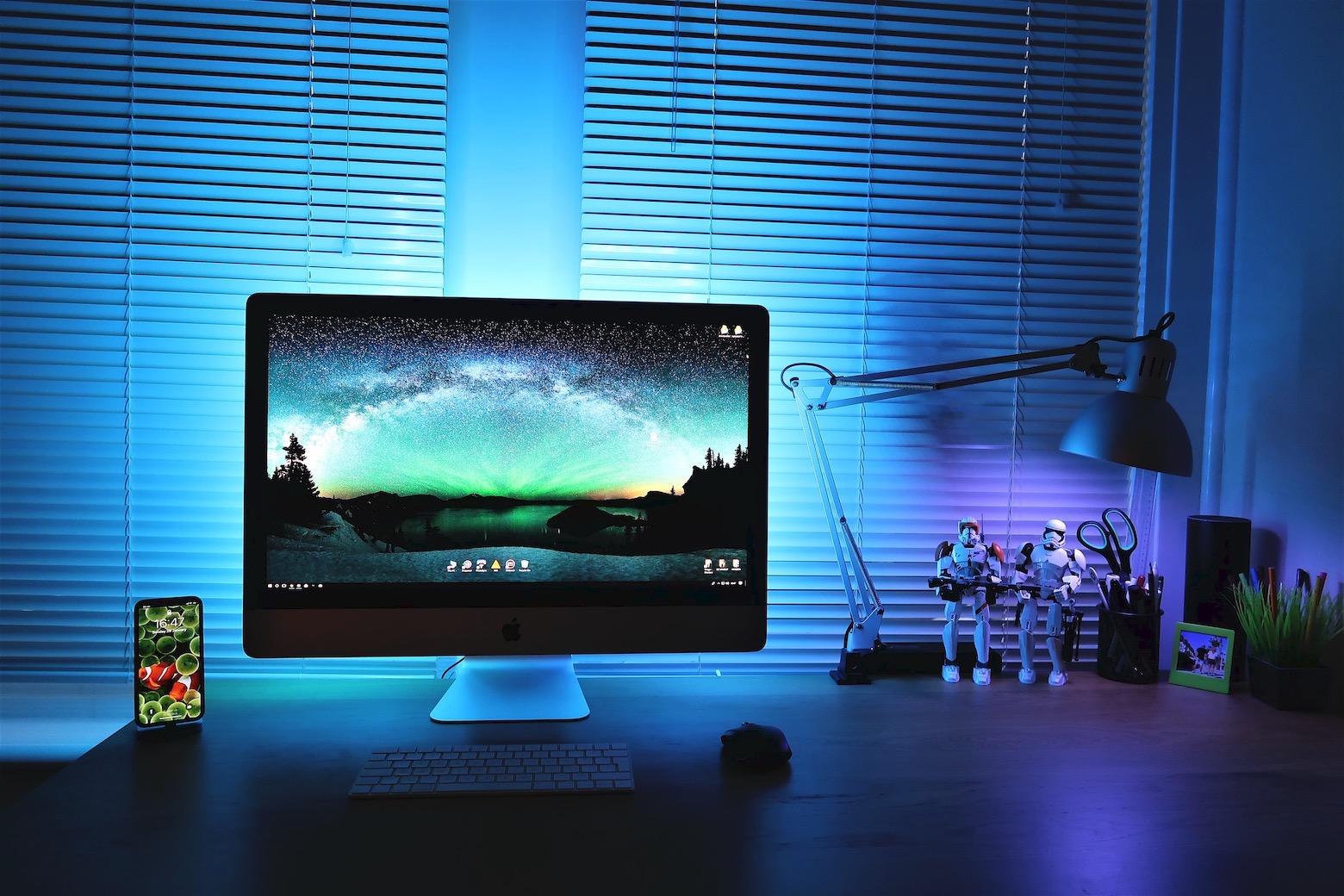
Overcommunicate During and After a Remote Work Transition
When a designer is sitting in an office, it’s apparent to their coworkers that they’re working. When a designer is sitting in a home office, it’s no longer the case.
Because it’s no longer possible for a manager or design team lead to see what their teammates are doing, it’s important to communicate information more directly. Different companies and teams have varying policies on how often that information should be communicated; it can also depend on the specific project being worked on.
If there’s no set policy about communication, at the very least, progress should be communicated on a weekly basis. Any time there’s a block or delay in delivery, that should also be communicated. The same goes for when a project is moving along smoothly and will be completed ahead of a deadline.
Transparency is also key to remote work communication. To prevent small problems from turning into large ones, it’s important to discuss any blocks or issues early. In a traditional office, issues come up more organically than they do in a remote environment—making a point to bring up problems as they arise is key to solving issues quickly and preserving good team communications.
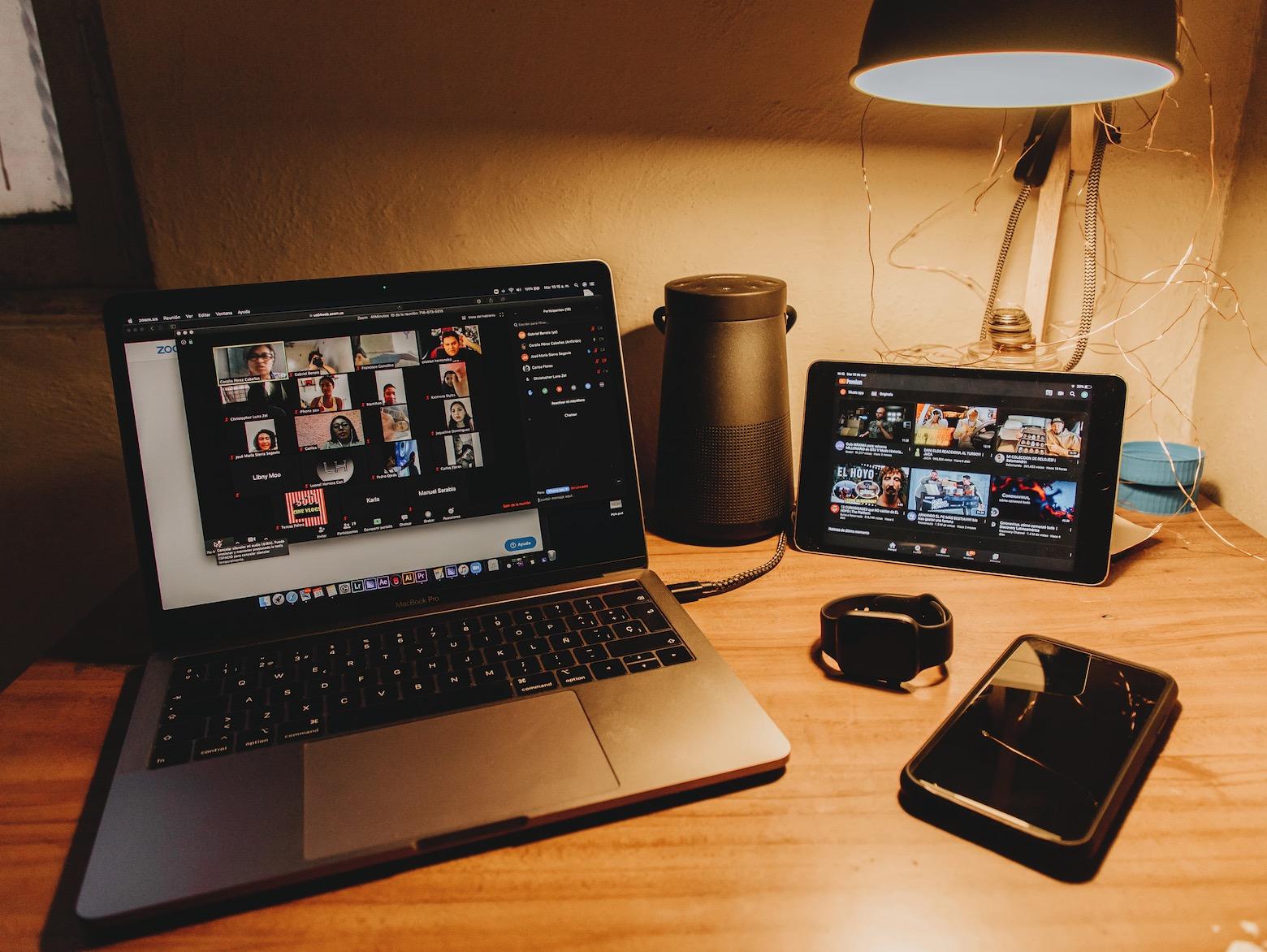
Lean on the Community
One of the biggest challenges that come up with any remote job is a feeling of isolation. When teammates aren’t working together in person on a daily basis, disconnects can happen. In the worst-case scenario, members may stop functioning as a team.
It’s important for remote workers to avoid feelings of isolation by leaning on their communities—both work and personal. Setting up a routine with others is a good way to keep those communities vibrant. For example, having lunch with a friend (even if virtually) once a week can be a good way to keep personal communities strong.
One way to keep work communities strong is through collaboration. Offering to help with another teammate’s project is a great way to strengthen team relationships. It also makes it easier to ask for help when necessary.
Designers (and especially design team leads) should be sensitive to the idea that transitioning to a remote work environment may not be easy for every employee. Some may take longer to get into the flow of working from home, and sometimes, distractions may cause productivity issues. A strong work community can help support remote designers through these issues.
Adopt an Iteration Mindset
If there’s one thing designers should be familiar with, it’s iteration. But many designers only apply the iteration mindset to their design projects. Instead, they should consider applying it to all aspects of their career, including how they handle the remote work transition.
Optimizing a remote workflow takes time. Very few people figure out the best way for them to work remotely on the first try. All of the productivity hacks they learned in the office may not translate into a home work environment.
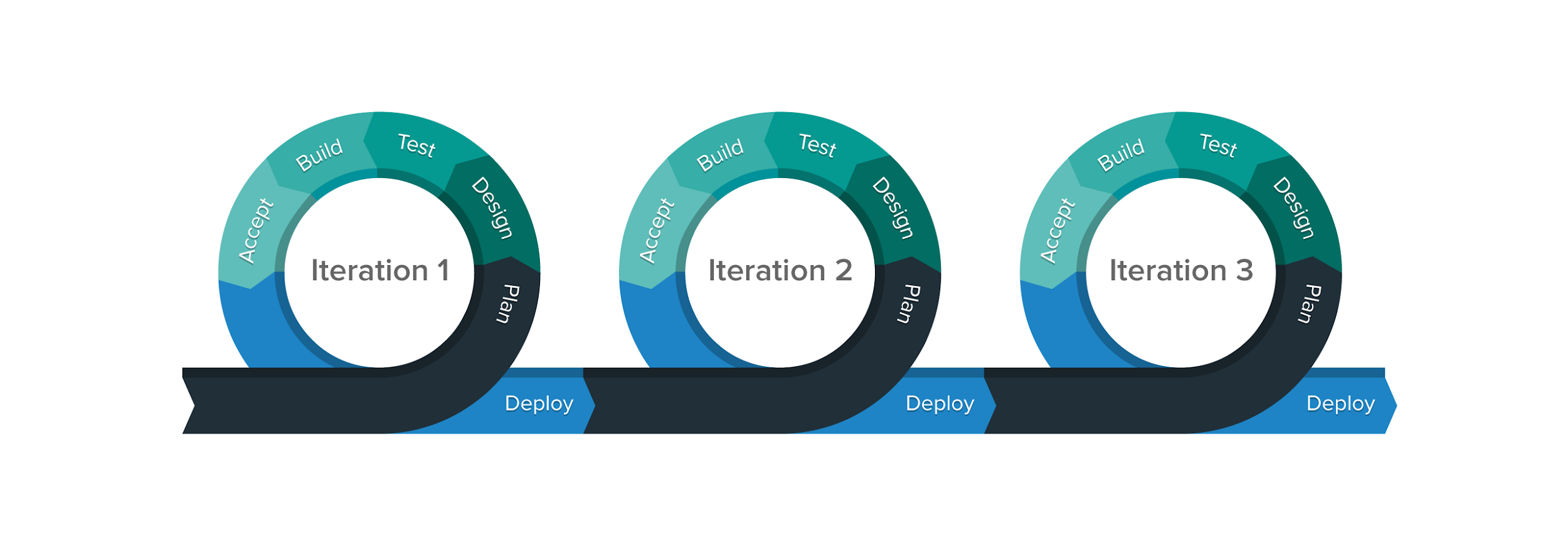
Designers who are working from home for the first time should consistently look for new ways to improve their work and their workflow. Try new things, techniques, and technologies. Don’t get stuck in a rut of doing things a certain way because they’ve worked in the past.
There’s always room for improvement in any designer’s career. Adopting a mindset of testing and collecting feedback (either personal data or by asking teammates what seems to be working or not) allows designers to create better work routines and adopt better techniques.
Sharing what works and what doesn’t with teammates is also a great way to both improve workflows and stay connected as a team. It improves team culture in ways that simply collaborating on projects doesn’t always do.
Conclusion
Learning how to work remotely isn’t always an easy transition, especially if it’s sudden. But adopting an iterative approach, maintaining strong communities, and setting up a home office that’s built for productivity are keys to being successful.
Making the remote work transition go smoothly takes planning and experimentation. Designers shouldn’t be afraid to try different desk setups, working hours, and communication methods until they find something that clicks.
Let us know what you think! Please leave your thoughts, comments, and feedback below.
Further Reading on the Toptal Blog:
Understanding the basics
How do you communicate effectively when working remotely?
Remote work communication can be just as effective as in-office communication with some effort. Remote workers should aim to overcommunicate compared to what they did in a traditional office, as well as increase transparency around blockers and issues that might arise.
How would you overcome communication challenges on a remote team?
Many remote team communication challenges can be overcome by using the right tools, primarily chat and video conferencing technology, establishing clear expectations about the frequency and type of communication expected, and by emphasizing transparency regarding any issues that arise.
Why is community important at work?
During a remote work transition, a sense of community at work can help alleviate any challenges that arise. When employees feel a sense of community and collaboration, they’re more willing to ask for help when needed (and offer it when others need help), as well as collaboratively tackle challenges that arise.
How do you treat burnout at work?
A lack of work-life balance can lead to burnout among remote workers. Burnout makes remote work productivity suffer, along with morale. Prevent burnout by limiting working hours to a reasonable amount, taking time off regularly, and periodically stepping away from their desk throughout the workday.
What is an iterative approach?
An iterative approach is a workflow cycle that includes planning, determining requirements, analysis and design, implementation, testing, and evaluation. This cycle can be applied to more than just design projects—it can help workers increase productivity and morale during a remote work transition
